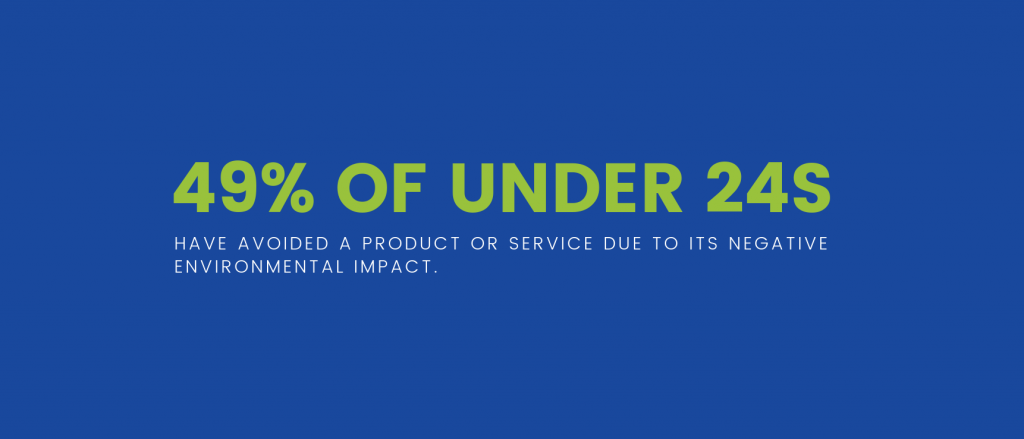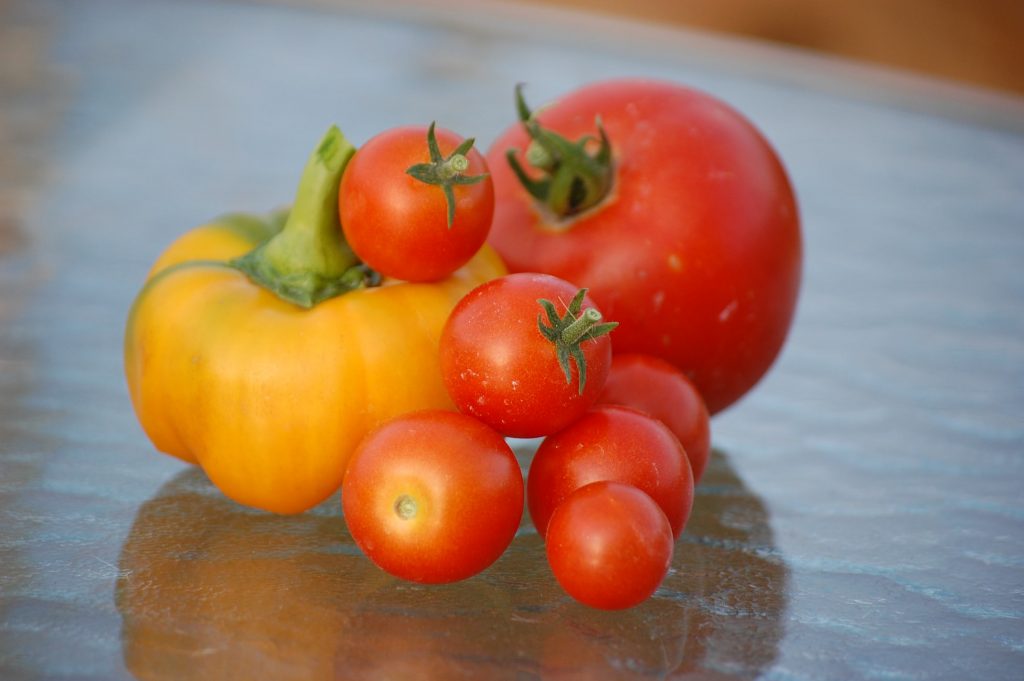How do you teach your child to lead a more environmentally friendly life, when you’re still working it out for yourself?
It’s true, that children take cues from their parents. So setting a good example is paramount to how you want to shape your child’s habits.
Yes, recycling, picking up litter, turning the lights off are all steps in teaching positive behaviour but going one step further might seem like an unrealistic lifestyle change.
How do you even get children excited to make a change?
I’m not about to suggest the obvious things like riding bikes, taking public transport or avoiding/reusing bags.
There’s got to be more that you can easily do to affect change in your whole family.
Happily, the media is on your side for once. Television and the internet are full of messages about saving the planet. Most of it, unfortunately, is presented from a scary, unachievable perspective.
The younger generations are keen to lead the way in making these changes too, with 49% of under 24s having avoided a product or service due to its negative environmental impact.

We thought it was time to simplify things for you and your children. To offer you simple, real, ways to teach your children about living sustainably.
Without overloading you, we’ve created 3 easy ways you can inspire environmental habits in your children.
Grow and eat something at home
Homegrown food has countless benefits, plus it’s way easier than you think. Like everything it’s about starting small.
Quickly you’ll see the advantages of growing your own food and getting kids excited about eating vegetables. I know right, impossible.
- Fresh homegrown food is more nutritious. You know where and how it is grown and you can’t get fresher than right out of the garden.
- Gardening encourages an active lifestyle encouraging children to get outside regularly to tend to their ‘crops’.
- Saving money is a bonus too, plant seeds cost virtually nothing and can yield huge amounts of food.
- Growing food creates a negative carbon footprint as you create more CO2 loving plants while excluding the damaging effects of large scale industry and transportation.

Did you know supermarket tomatoes taste bland because they are sprayed with chemicals to ‘appear ripe’ before being put onto the shelves?
How to grow your own food
The lure of gardening alone probably won’t get children excited. Ensure to include them in the whole process, explaining they are growing their own food.
Start small and allow them to choose what to grow (with a little guidance; pineapples or coconuts are going to be a challenge in the UK)
Give them some easier options like tomatoes, mint, basil, radish or spinach. Some of these you can even grow inside on a sunny windowsill.
If you are tight on space or time, try starting out with Silly Greens, which are micro herb growing kits delivered to your door.
Growing and eating your own food leaves you with a sense of reward (and freshness) that makes it extra tasty. Your children will be much more excited about eating vegetables they have spent time growing themselves.
Plus, it throws in an extra life lesson. They should only pick what they need and will become unlikely to waste something they have worked hard to create!
Hold a fix-it day at home
We can all learn forgotten lessons by holding a fix-it day. It will unlock some neat benefits along with teaching your children sustainable habits. You and your children will quickly find that you can:
- Fix really helpful items and save money
- Reuse or repurpose instead of throwing out items
- Recycle materials and products instead of sending them to landfill
- Fix stuff that can be donated to charity
- Understand how much waste you usually create
How to hold a fix-it day
This may be a two-step process. First finding everything you have to fix and what you need to fix it. Secondly, actually fixing the items.
You’ll at least need a few handy objects such as a sewing kit, glue, oil and the internet (Youtube for some instructions)
Scour your house for everything broken or unused – cupboards, attics, gardens.
You’re likely to find that a lot of items just need a little extra TLC. Things left in the garden might just need some rust treatment and a healthy layer of oil or paint.
Clothing is generally easy to fix with a little stitching (another skill kids can start to learn).
If you can’t fix something yourself, don’t chuck it. Find someone to help.
For example, a jacket with a broken zip. There are plenty of local clothing repair services, dry cleaners usually have these services. Add a little eco-friendly waterproof spray, maybe a little dye and your jacket will look like new.
You’ll be surprised by how awesome something looks with a little care and attention. Including your bank balance.
Working together with your children helps them learn how to extend the lifecycle of their belongings.
Be sure to explain the benefits to the environment. For example, creating a whole new jacket requires:
- Creating new material
- Building the product in a factory
- Transporting several times to its destination
- Unnecessary pollution and resource usage
- Excessive water consumption
Hold a fix-it day with your family and learn to love what you’ve got.
Learn about nature together
Modern society is amazing, the efficiency with which we now communicate and conduct our business has massive benefits.
Do you think it’s fair to say, despite this, most of us have lost touch with our natural selves? There are elements of nature we can all embrace to ignite old passions.
Teaching your children to understand nature is helpful in creating respect for the planet.
The benefits are never-ending from finding new passions, an engaging outdoor learning environment, exercise and fresh air, and a love for nature that will naturally lead children to chase a more environmentally friendly lifestyle.
In case you haven’t already clocked it, our solutions are not just about teaching children better environmental habits but the whole family.
With that in mind, you and your child can relearn nature together. As a team pick a subject in nature to learn about. Think – trees, insects, foraging, fungi, water.
It helps to pick something that you can find locally (once again coconuts and pineapples might be tricky to explore in the UK…)
Take the time to research your subject, this doesn’t necessarily mean books. YouTube is a deep resource filled with experts in every field.
Try starting with Project Learning Tree which contains amazingly engaging resources to help your children understand the importance of trees.
Use your new information to get outside and explore. You’ll quickly put your knowledge and new skills to the test. Even if you’re just picking blackberries it will quickly tune you into nature.
You and your children will start to remember the complexities of nature and start seeing things you’ve never noticed before.
What else can help teach your children more environmentally friendly habits?
Living with a more aware mindset can help you to set a positive example for your children.
Reduce, Reuse, Recycle, Responsible.
Reduce
Reducing consumption is a cornerstone of creating a more sustainable life. It is hard to establish after a lifetime of disposable, single-use products. Thankfully, starting kids off young helps shape habits by reducing what your family uses.
It all starts with a simple question, do we really need this?
Reuse
Part of reducing consumption is about reusing, which is what the ‘fix-it’ day above encourages. Investing in items made to last and making them last teaches children to love what they’ve already got.
It’s actually pretty easy and saves a lot of money in the long run.
Try repurposing items if they can’t be fully fixed or are not fit for their original use. Keep jars to store your homegrown food or use at plastic-free shops like For Earth’s Sake in Cranleigh.
Recycle
Recycling is a concept we are all aware of but is only applied to a small part of society. We all take recycling as a given for packaging like cardboard and plastic. When it comes to anything else the lifecycle of a product is largely ignored.
With everything you use just make some quick mental notes to put you on the right track:
- Do I need it?
- Can I reuse it?
- Can we recycle it?
Shop Responsibly
Show your children how much you can buy locally from food to second-hand goods. It instills local sustainable shopping habits over the instant gratification of online shopping like Amazon. You’ll save a small fortune too!
A big myth about living a green life is that it is expensive. It’s actually misguided greenwashing that ends up costing more money. New clothes, video games and technology can all be bought second hand in near perfect condition. So before you buy another ‘plastic bottle for life’, nip into the charity shop.
Build an environmentally friendly life for your children
Creating eco-friendly habits in your kids is not going to happen overnight. As we have discussed you can work on it from two aspects.
Firstly, setting a good example in everything you do. After all, they will mimic your actions. This requires you to take action. Start finding ways to think and live more sustainably. It doesn’t have to be a chore or an unappealing change to your life. Many changes can be extremely positive and fulfilling. Plus give you amazing benefits, for example, solar panels or shopping second hand can help you to save money or
Secondly, exciting and engaging your child with the environment. Whether it be heading out into nature, creating it in your home or learning to love what they’ve got, it not only teaches positive habits but unlocks new passions and skills.

